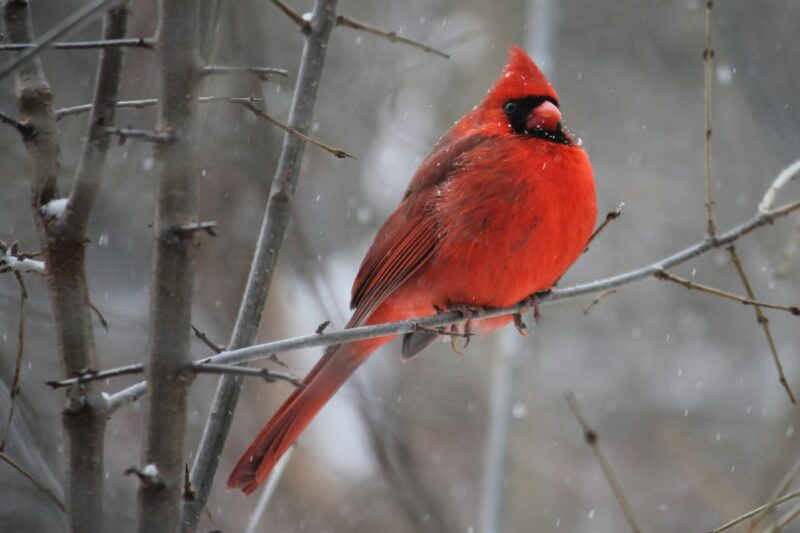EarthSky isn’t powered by billionaires. We’re powered by you. Support EarthSky’s 2025 Donation Campaign and help keep science accessible.
—
**La Niña’s Impact on the U.S. Winter Weather Outlook**
The Climate Prediction Center has issued a La Niña Advisory, confirming that La Niña has formed in the tropical Pacific Ocean and is likely to continue through February 2026.
La Niña is one phase of ENSO, or El Niño Southern Oscillation — a global climate system that impacts atmospheric circulation worldwide, influencing weather patterns across the globe. La Niña is often considered the cool phase of ENSO because it occurs when waters of the tropical Pacific Ocean are cooler than average.
This cooling causes dry, sinking air over the tropical Pacific while air rises near Southeast Asia, leading to increased clouds, rainfall, and storm activity in that region.
—
### What Does La Niña Mean for U.S. Winter Weather?
The effects of La Niña on winter weather vary depending on where you are in the United States.
During a La Niña winter, the jet stream across North America tends to be more variable. It usually drifts farther north over the northern Pacific and sometimes farther south across the southern United States, though the exact position can fluctuate.
This pattern generally results in:
– **Cooler and wetter conditions** from southern Alaska through western Canada and into the northern Plains of the United States.
– **Drier and warmer weather** stretching from California through the Gulf Coast and extending toward the Carolinas.
– **Wetter than average conditions** around areas close to the jet stream’s path, typically near the Ohio and Mississippi River Valleys.
—
### Winter Weather Outlook from the Climate Prediction Center
The Climate Prediction Center’s Winter Weather Outlook for the U.S. reflects these La Niña influences and covers December, January, and February — the meteorological winter.
Meteorologists prefer meteorological winter (December 1 through February 28/29) over astronomical winter (which starts around December 21) for forecasting seasonal temperature and precipitation averages, since the dates remain consistent each year.
According to the CPC outlook:
– Much of the U.S. from California through Texas, the Gulf Coast, Southeast, and up toward the Mid-Atlantic is likely to experience **warmer-than-average temperatures** this winter.
– The **northern Plains** of the U.S. have the highest chance of **cooler-than-average temperatures**.
– For precipitation, much of the northern and central U.S. is favored to receive **wetter-than-normal conditions**, while drier weather is expected over the southern half of the country.
—
### Important Note: A Winter Outlook Is Not an Exact Forecast
Seasonal outlooks provide broad trends, not precise daily forecasts. While La Niña will influence this winter’s weather, it doesn’t guarantee consistent conditions.
– Areas predicted to be drier than normal may still experience rainy or snowy days.
– Regions expected to be cooler on average might still see warm winter days.
This outlook represents the most likely scenario over the entire three-month winter season. For the most up-to-date and localized forecasts, be sure to consult your local National Weather Service office throughout the season.
—
### Bottom Line
La Niña has developed in the tropical Pacific and is expected to remain through February 2026. This will shape the winter weather we experience, but the exact impacts depend on your location.
For more information, read more about [El Niño](#).
—
Thank you for supporting EarthSky — your contributions help keep science accessible to all.
https://earthsky.org/earth/us-winter-weather-outlook-la-nina/
